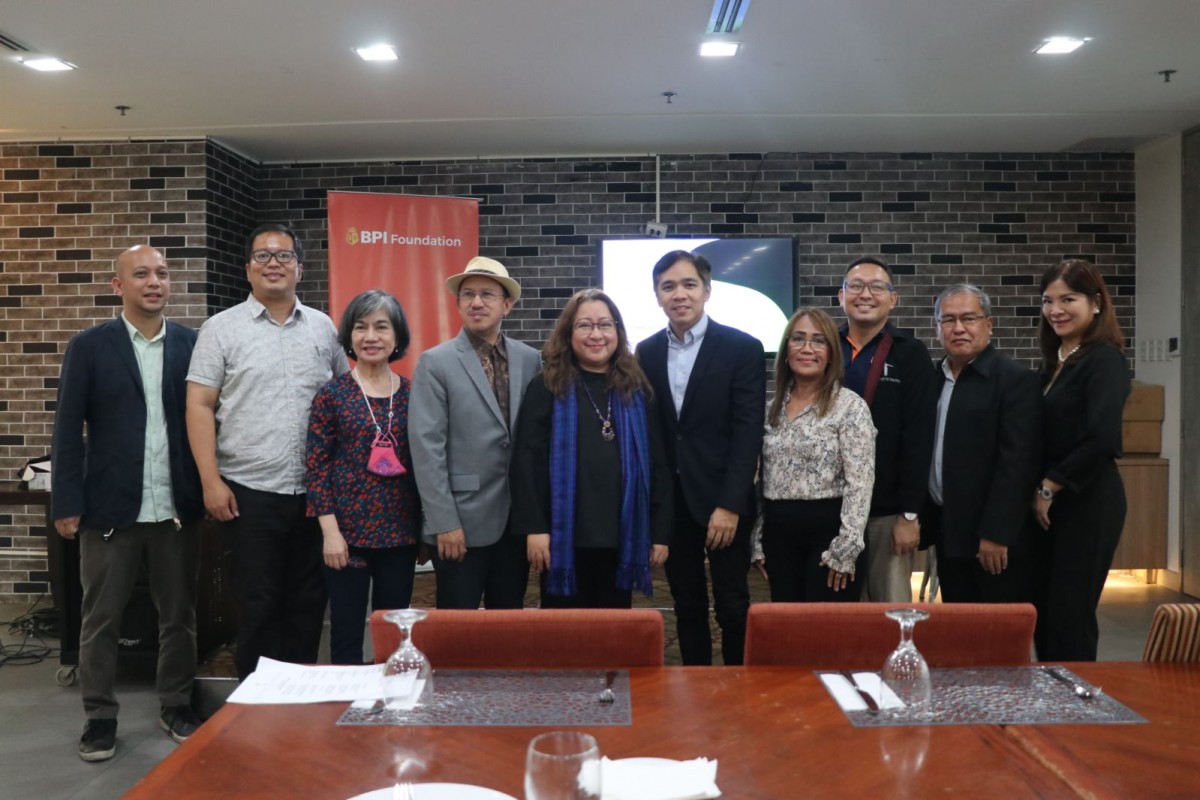Science Communicators Philippines, Inc. (SciCommPH) new set of officers and guests during the group's launching on March 10, 2023 in Makati City. (Photos by Jumalynne Doctolero/PIA-NCR)
MANILA, (PIA) -- A new science communicators group has been launched Friday, March 10, at the Bank of the Philippine Islands Foundation, Inc. headquarters in Makati City, with the aim of bridging the gap between science and society and communicating science researches.
Science Communicators Philippines, Inc. (SciCommPH), a non-stock, non-profit organization duly registered with the Securities and Exchange Commission (SEC), is a newly established group comprising of Filipino science journalists, science communicators, science educators, and science enthusiasts, who are passionate about making science accessible and engaging to the public.
The group, officially launched in a face-to-face event, brought together members from the Philippines and abroad.
Department of Information and Communication Technology (DICT) Undersecretary Jocelle Batapa-Sigue administered the oath to the first batch of SciCommPH officials, they are:
- Chairperson Angelo B. Palmones, former AGHAM Partylist representative
- President Atty. Melvin G. Calimag, Newsbytes.PH executive editor
- VP for Internal Affairs Dr. Rogel Mari D. Sese, Ateneo de Davao University Dept. of Aerospace Engineering chairperson
- VP for External Affairs Timothy James M. Dimacali, UP Diliman College of Science Communication Group head
- Secretary Ma. Angelina B. Resurreccion, Business Mirror science editor
- Treasurer Dr. Ruby R. Cristobal, DZRH-MBC Radyo Henyo executive producer and program anchor
- Auditor Dr. Jomar Rabajante, UPLB Graduate School dean and scientist
- Board Member Dr. Mario V. Capanzana, chemical engineer, researcher, and food and nutrition expert
- Executive Director Rissa Silvestre from the UP College of Mass Communication Foundation, Inc. and Advocacy Group of the Philippine Social Science Council, and documenter of the Philippine Press Institute
The event was marked by inspirational storytelling and sharing on the importance of science communication in today's world and the role that science communicators can play in shaping public opinion and policy. Science communication, by definition, is the practice of informing, educating, raising awareness of science-related topics, and increasing the sense of wonder about scientific discoveries and arguments.
In his keynote, guest of honor and speaker Dr. Glenn B. Gregorio, a geneticist and statistician at the Southeast Asian Regional Center for Graduate Study and Research in Agriculture (SEARCA), said keeping messages “sweet and simple” and easy to understand is crucial for effective communication.
“As you grow older you realize the importance to communicate. I was a professor in the university and every time someone defends their thesis, especially in PhD, my last question is always, ‘How would you tell that to your grandmother?’” Gregorio said.
“The success of any event in science, to make it trickle down to affect the society, 80 percent is communication, so science is only 20 percent, that is why communication is really important,” he added.
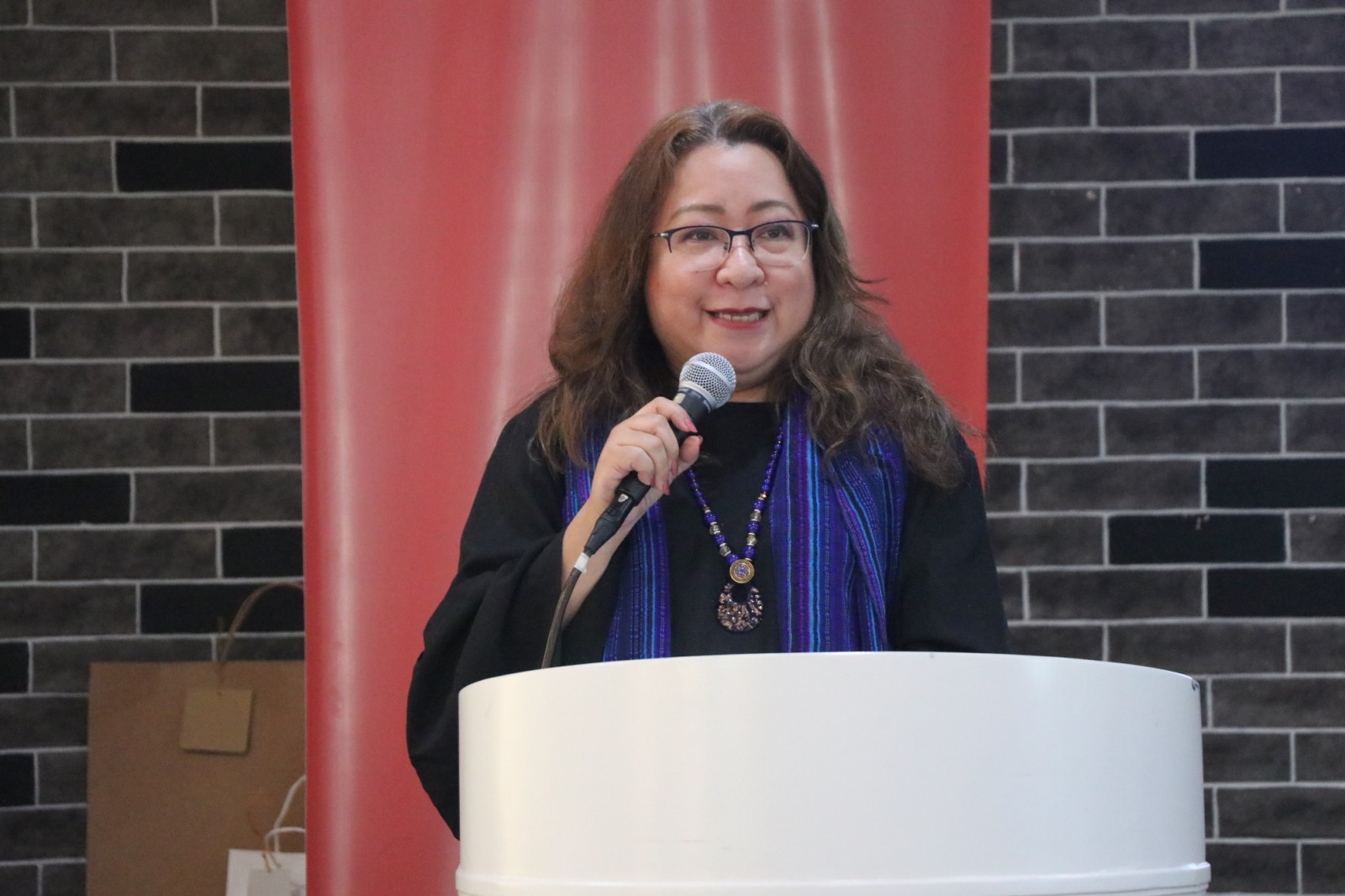
DICT Undersecretary Jocelle Batapa-Sigue
Usec. Batapa-Sigue, who is on a mission to drive jobs and innovation to the countryside, for her part encouraged the group to “connect” with her agency.
“Please work with the DICT under my portfolio, communication is an important part of my portfolio. I am your undersecretary for everything that’s non-tech about tech,” she said, as she also urged them to help her in promoting ICT jobs to women.
“I’m very proud to tell you that last year I have launched the Digital Innovation for Women Advancement or DIWA. It’s a very targeted approach to increase the number of women enrolling in ICT and STEM (science, technology, engineering and mathematics) courses. So now we only have 23 percent of women in STEM courses,” the official said.
“The problem is, and the opportunity is 90 percent of the job in the world today has something to do with digital,” she further said.
For Atty. Calimag, these science stories deserve to be told, and that is why Science Communicators Philippines came together.
“We wanted to bridge the gap between science and the public, kasi ang hilig ng mga Pilipino mostly sa sports, sa politics, at kung magbabasa ka sa dyaryo o manonood sa television, usually hindi naman naha-highlight ang science. Through this, we will attempt na mabigyan ng espasyo ang science at magkaroon ng mas maraming meaningful engagement,” he said.
(Translation: We wanted to bridge the gap between science and the public, because Filipinos are mostly interested in sports, politics, and if you read in the newspaper or watch on television, science is usually not highlighted. Through this, we will attempt to give space to science and have more meaningful engagement.)
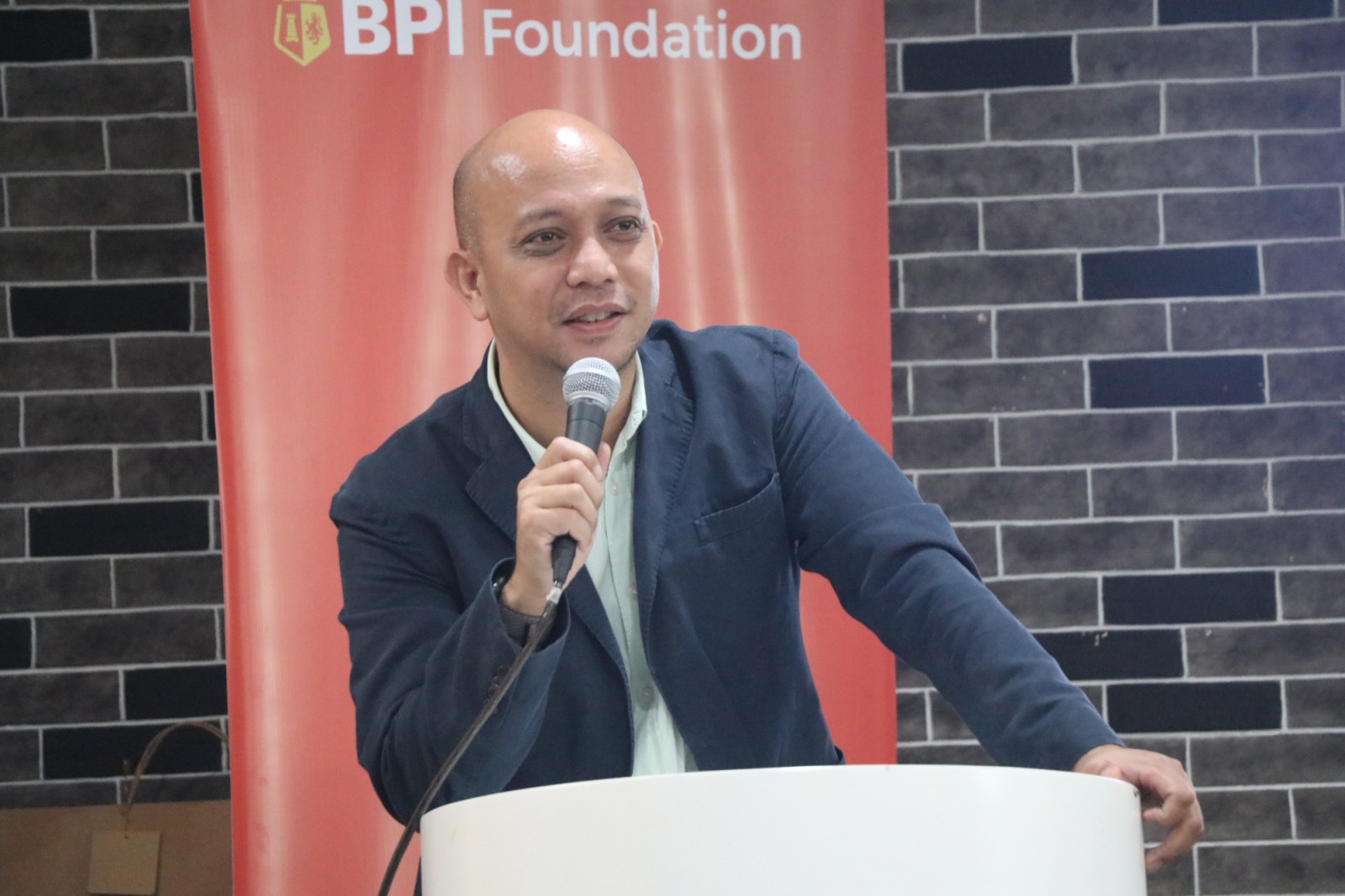
SciCommPH President Atty. Melvin G. Calimag
According to the SciCommPH auditor, stories have the power to engage, inspire, and connect people in ways that facts and figures alone cannot.
“We know that even though we are scientists, our stories are often technical, but they are still stories, and I know in communication, stories are important,” said Rabajante, one of the applied mathematics experts who helped develop the Philippine models and data projections for COVID-19 during the height of the pandemic in the country.
“Nagulat talaga ako kasi nakikipag-usap kami sa mga LGUs, [local government units] nakikipag-usap kami sa mga taga-media at na-realize ko noon na medyo may kulang pa rin sa skills ko noon para mag-share. But definitely, science communication is not just about the scientist enabling the scientist, but really building a community. Kasi hindi lang tool ‘yung science communication its really a field in itself. I realized that, makikita mo sa isang tao na matured siya sa area ng science kapag na-realize niya ‘yung importance ng sharing. Lalong lalo na sharing, not just within peers na scientists, but also, papunta sa iba’t ibang larangan, iba’t ibang uri ng tao,” he added.
(Translation: I was really surprised because we were talking to the LGUs, [local government units] we were talking to the media and I realized then that I still lacked a little bit of my skills to share. But definitely, science communication is not just about the scientist enabling the scientist, but really building a community. Because science communication is not just a tool, it's really a field in itself. I realized that, you can see in a person that he has matured in the area of science when he/she realizes the importance of sharing. Especially sharing, not just within peers who are scientists, but also, going to different fields, different types of people.)
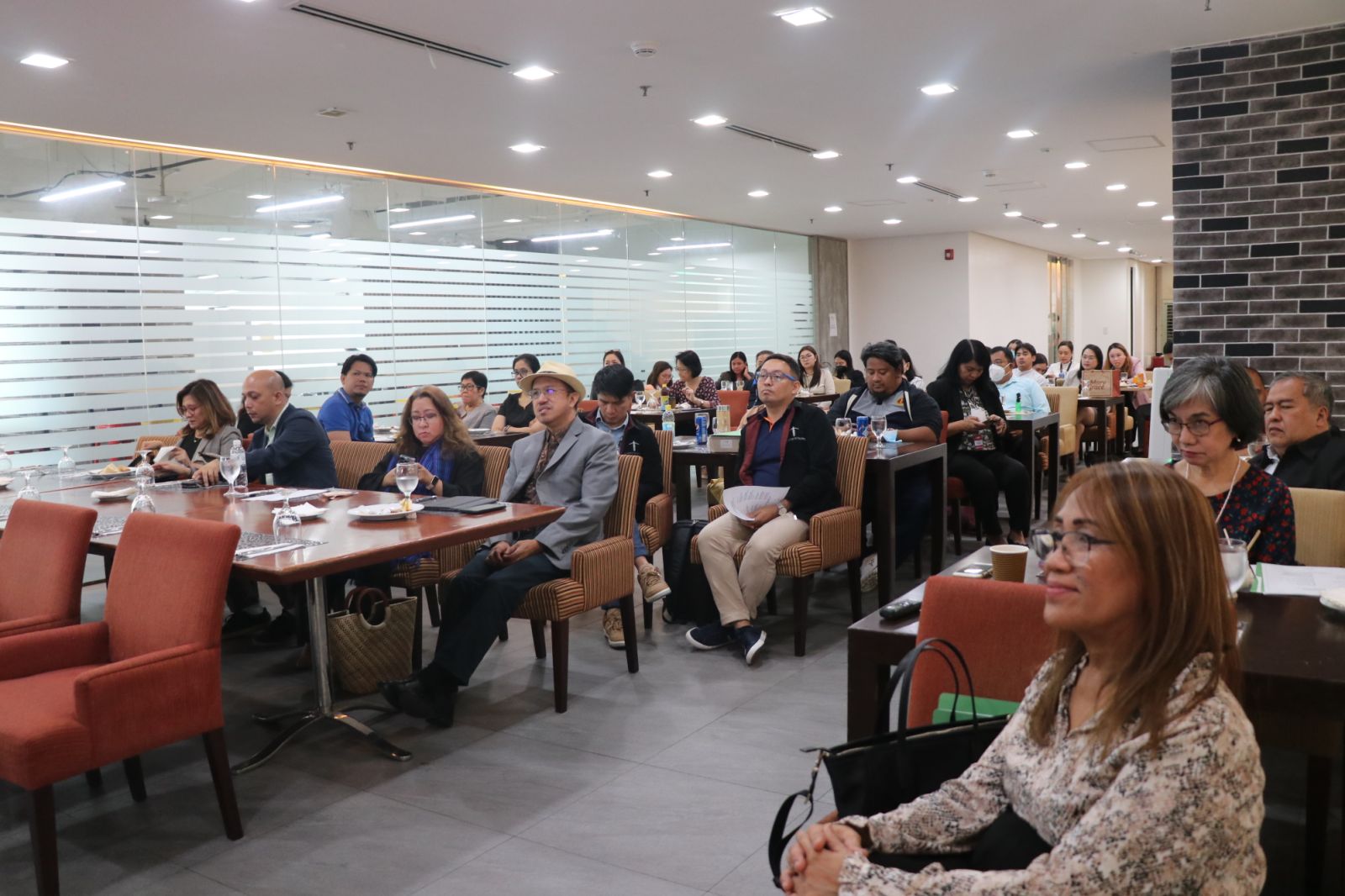
According to Resurreccion, who has been a media practitioner for many years, science communication is essential in everyday life as it promotes informed decision-making, addresses misinformation, fosters innovation, and promotes public engagement in science.
“Pursigido talaga kaming magtayo ng science communication group para ma-promote natin ‘yung science and science researches para malaman at mapakinabangan ng publiko,” she said.
(Translation: We are really determined to establish a science communication group to promote science and science researches so the public can know and benefit from them.)
Cristobal, for her part, said SciCommPH is a “new organization” just organized early last year, registered with the SEC, and “as an offshoot of the Philippines Science Journalists Association.”
“Before, we only had journalists who were pushing to have a more popular and understandable way of doing science communication, or even popularizing science technology concepts and issues,” she said.
She added that back then, they were always looking for scientists to interview. But now, with the inclusion of scientists to the group, it brings additional credibility, expertise, clarity, and storytelling to science communication, helping to ensure that accurate and engaging information is being conveyed to a wide audience.
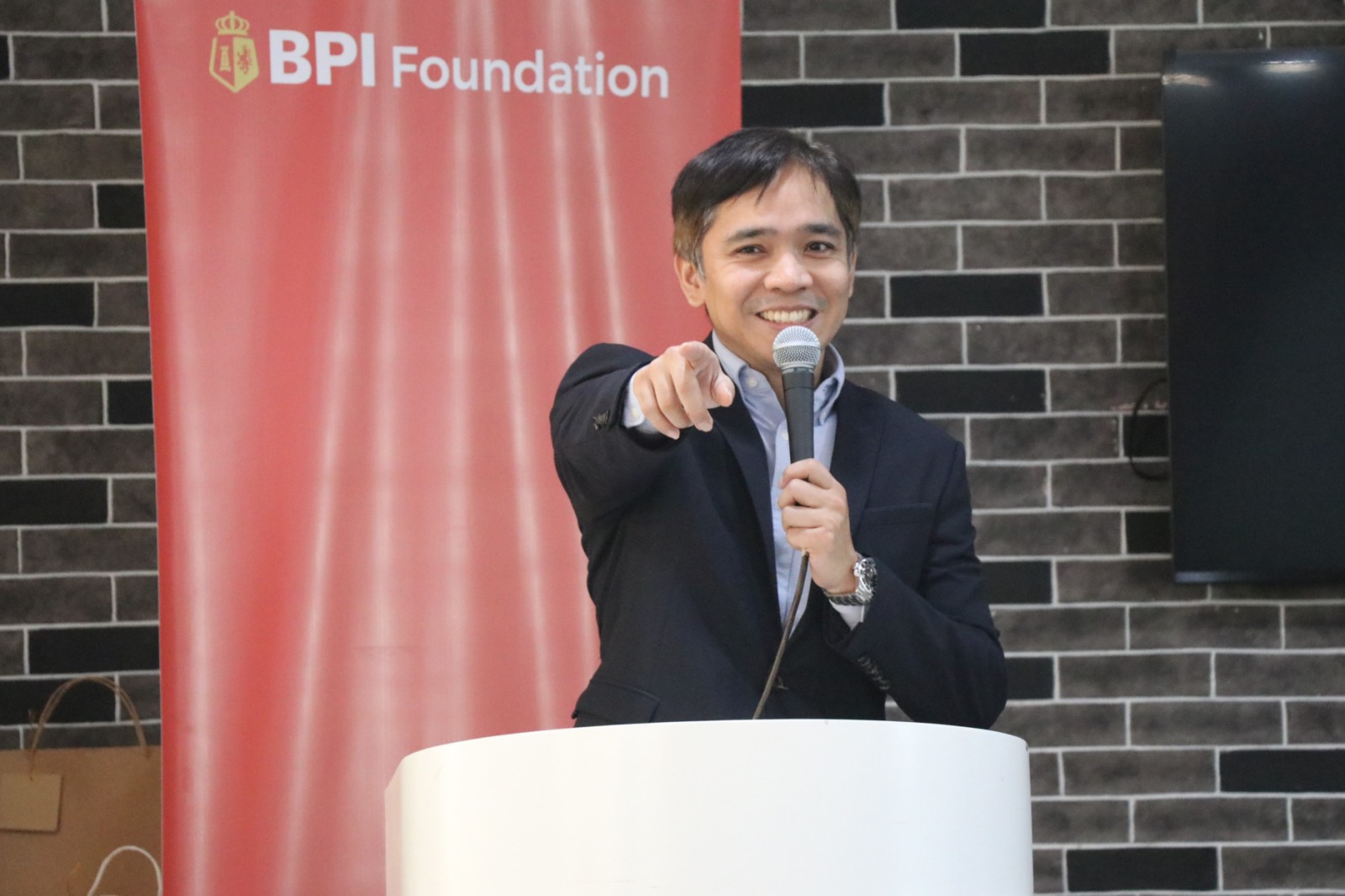
BPI Foundation Executive Director Owen L. Cammayo
The event was hosted by the Bank of the Philippine Islands Foundation, Inc., headed by Executive Director Owen L. Cammayo, and the BPI Corporate Communications.
Cammayo, for his part, said the Bank of the Philippine Islands and BPI Foundation has always supported the Department of Science and Technology (DOST) and the government through innovative strategies that help solve prevalent societal issues, and promote innovation, science and technology.
Among them, he said, is the BPI-DOST Innovation Awards program, which for years has been providing an opportunity for college students of basic and applied sciences to work on projects that aim to solve prevailing challenges that we currently face, and at the same time, promoting the creativity, innovativeness, critical thinking, and problem-solving skills of participants.
“We, at the BPI Group, aim to create a culture of financial wellness, and we do that with various program implementations. And we consider science, technology and innovation as an enabler towards a more financially-well society,” Cammayo said. (PIA-NCR)
